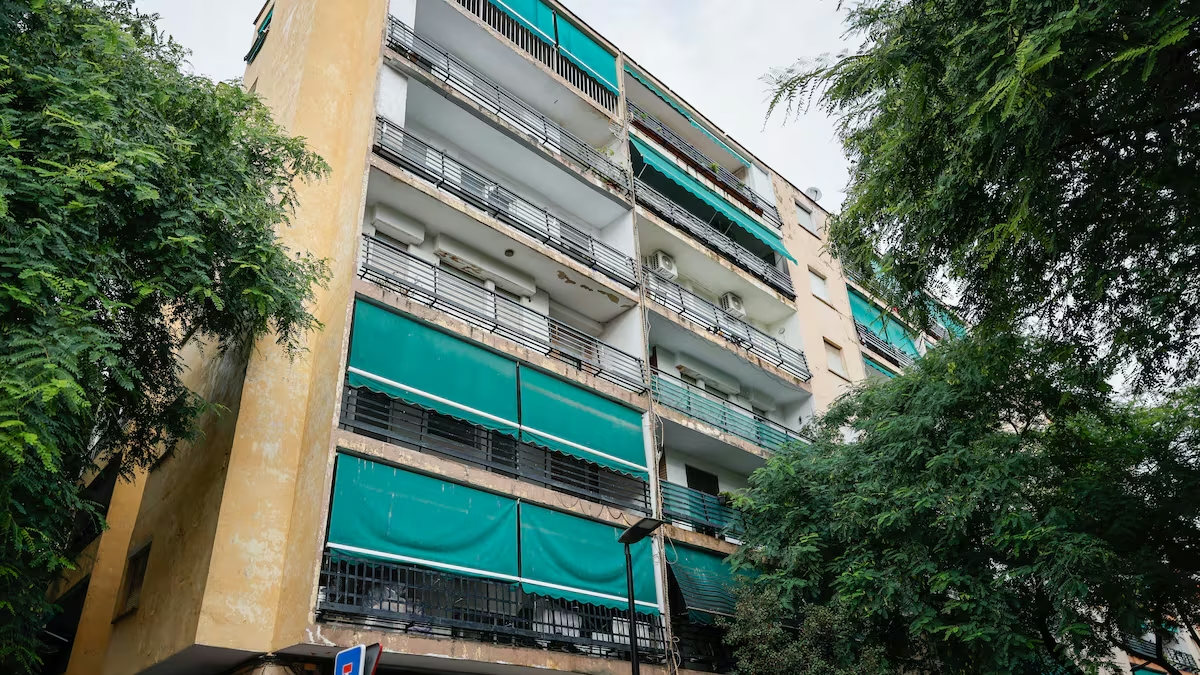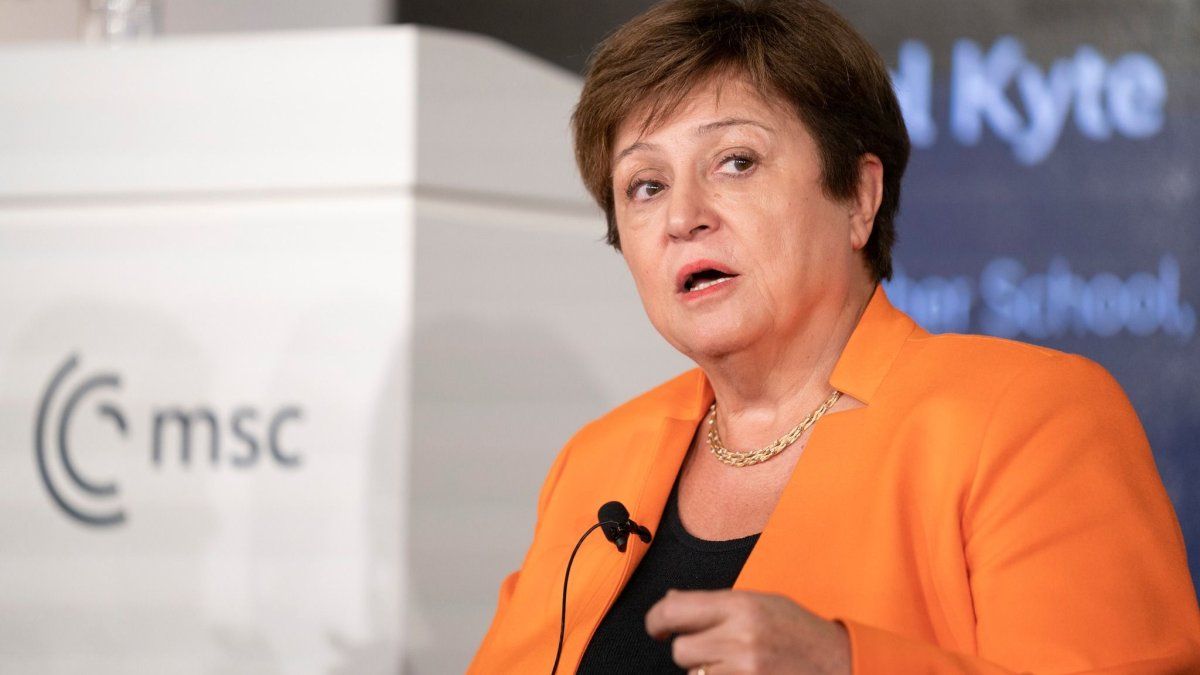The commercial debt continued to rise during May. Thus, the balance of unpaid imports during the Milei era is already around US$13 billion, a figure that greatly exceeds the inherited liabilities that were channeled through BOPREAL. However, The percentage of purchases abroad that were cancelled also grew and the window that the Central Bank had opened at the beginning of the current administration to buy foreign currency was about to close. as a result of the scheme of staggered access to the official dollar.
This is one of the factors behind the selling balance that the BCRA had in June and that, in the midst of renewed exchange rate tensions, will add pressure in the coming months.
According to the Foreign Exchange Balance published this Friday by the BCRA, in May Import payments totaled US$3.744 billion, but purchases actually made abroad reached US$4.702 billion. This implies that US$958 million remained unpaidSince December, unpaid imports have reached nearly US$13 billion.
Although the expansion of commercial debt continued its course, the data also anticipates one of the several factors that led the BCRA to suffer an abrupt halt in foreign currency purchases during June, which overheated the exchange rate pressures.
It turns out that in May, the percentage of paid imports compared to purchases from abroad actually made during the same period increased again. In this case, 79% of the total was cancelled. Thus, analysts point out that, By June, that gap would have been close to closing.which during the first part of the year allowed the BCRA to buy foreign currency by maintaining access to the official dollar.
For example, in December only 17% of purchases made abroad had been cancelled; in January, 23%; in February, 41%; in March, 60%; and in April, 70%. In June, the percentage is estimated to have been around 90%, but the official figures will be known at the end of the month. For the current month, however, the window could close completely.
Why is this happening? As soon as the current administration took office, within the framework of the continuation of the exchange rate restrictions, the BCRA applied a scheme of gradual access to the official dollarFor almost all goods, it was determined that payment for imports would be made in four monthly installments of 25% of the total value each.
This meant that during the summer a very low percentage was paid, which allowed the BCRA to buy foreign currency and replenish the languishing reserves. In fact, The new commercial debt is equivalent to around 80% of the dollars acquired by the Central Bank this year. But as the months went by and the quotas for access to the exchange market piled up, the window became progressively ajar until it was almost closed.
image.png
Dollar, imports and reserve problems
This was one of the reasons why BCRA’s currency purchases came to a screeching halt (and earlier than expected) in JuneLast month, the entity chaired by Santiago Bausili closed with a Sales balance of US$84 million.
But that was not the only cause. There was a moderate pace of Settlement of agricultural foreign exchange for a month of heavy harvest, in the midst of the bidding and discussions for the appreciation of the real exchange rate. Added to this is the fact that the Government decided to maintain the dollar blendwhich provides a higher export exchange rate by allowing 20% of sales to be settled in cash settlement (CCL) but which means that one in every five dollars does not enter the reserves.
In addition, at the end of May (due to the drop in the interest rate in pesos) the granting of loans was stagnant. Local loans in foreign currencywhich had jumped since March and had inflated the supply of foreign currency (regulations require that these credits be settled on the official market).
Thus, the officials themselves recognize that In the third quarter, around US$3 billion of net reserves could be losta number compatible with what is set out in the recalibrated goal in the latest review of the program carried out by the International Monetary Fund (IMF).
Beyond whether there is room to meet the agreed goal, the truth is that In the market, this situation raised warning signals regarding an “exhaustion of the exchange rate scheme”The latest announcements by Luis Caputo and Santiago Bausili on a new monetary program, however, ratified the continuity of the 2% monthly crawling peg and the dollar blend, ruled out a devaluation and kicked off the exit from the currency controls to a third stage.
This Monday, The first response from the City boards showed that the message failed to calm market concernsAt the time of writing, all parallel dollars were rising sharply and exceeding $1,400, while stocks and bonds were falling and country risk jumped above 1,500 basis points.
Source: Ambito




